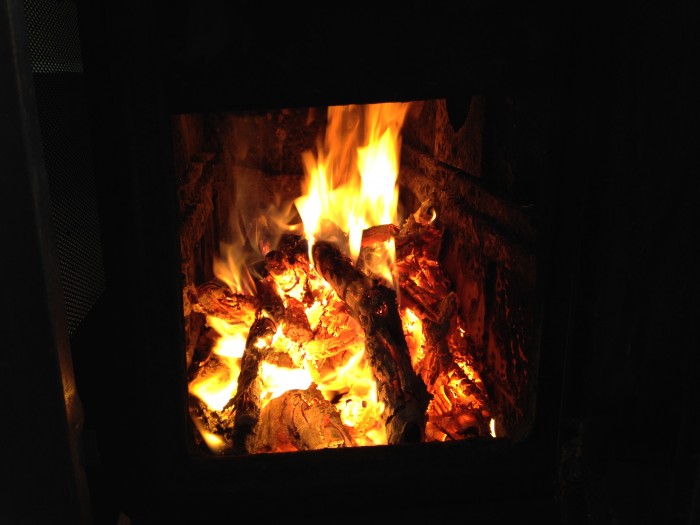
In these days of heating systems and electric fireplaces it can be hard to imagine living any other way. The method I am about to explain to you is one some of us may (or may not) remember from our childhoods, but nonetheless remains a pretty basic and efficient way of heating your home.
The steps to getting your woodstove burning are relatively simple, but don’t mistake that to mean that there is no right or wrong way. Many people are overcome with the excitement of trying out a more ‘rural’ approach and neglect to do their research. After a few failed attempts these people find themselves the proud owner of a woodstove they don’t know how to use, and may be regretting their decision to take the leap at all. Don’t be that person.
Before we get into making our fire, let’s go over a few Do’s and Dont’s.
Do not leave an open fire unattended. Ever. This can be more dangerous for people with children or pets, but a live, unattended fire is capable of getting out of control whether you live in a family home or an apartment complex.
Do allow enough air to get to your fire when you are just getting started. Only once everything is burning well, and I mean well, can you shut the door and cut off a majority of the airflow. If you do this too early the fire will die and you’re back at square one.
Do not try to burn magazines, trash, or wood that is even slightly damp, this will cause your fire will smolder. A smoldering flame creates large amounts of smoke and creosote; this not only smells bad but can also be extremely dangerous. Smoldering fires also do not produce as much heat, so keep your wood dry and burn it hot.
Lastly, do not underestimate your ashes. Ashes will often-times retain hot embers that can continue burning even 24 hours after your fire has gone out, making them an unexpected threat to your home. Do not attempt to transport ashes in any kind of flammable container. Do not place ashes on or near any sort of flammable object, be it a combustible wall, a curtain, or your front porch. Ashes can be useful in scattering over your garden or polishing your silver, but only when the necessary precautions have been taken. So always remember first and foremost: be careful, and stay safe.
Step 1:
Now, your assumption may be that you start piling in your firewood, light it up, shut the door, and voila. That’s not how it works. First, you need your newspaper, and I mean newspaper. Like I mentioned above, do not try to use old magazines or department store ads you received in the mail. They may promise 35% off, but they also promise plenty of smoke and a smell you won’t get out of your house for a while. So take a good bit of scrunched up newspaper, and use it to cover the entire surface area of your fire. The newspaper is your base, and it will maintain the fire until the kindling catches, so don’t be stingy.
Step 2:
After your layer of paper comes your kindling. Fallen branches, left-overs from carpentry projects, or just smaller pieces of firewood are perfect as long as they are dry. You’ll want to arrange your kindling in rows crossing vertically and horizontally over each other, a bit like Lincoln Logs. Organizing your kindling this way provides the most exposure and ensures your kindling will catch fire. The number of pieces necessary varies depending on the size of your stove, but 5 or 6 pieces tends to be a pretty good place to start.
Step 3:
After your kindling comes your actual firewood. You can put both bigger and smaller pieces now, but keep in mind that larger pieces take longer to burn, and so you’ll want to wait to throw in your really big logs until the fire is going strong. The same goes for round pieces of firewood; not having a split surface can make it difficult to catch a flame, so you’ll want to save those until later as well.
Once you’ve finished building and have checked to make sure plenty of air will be able to get to your fire, you may light the newspaper. DO NOT SHUT THE DOOR AT THIS TIME. The stove door should be kept open for approximately 3 to 5 minutes, depending on how long it takes for the fire to get going. DO NOT LEAVE THE STOVE UNATTENDED DURING THIS TIME. Sparks could easily escape and set your house on fire.
Step 4:
When you’re confident that your fire is well-established, you can shut the door. If you notice that the fire starts to die down, open it up again and let it go for a few more minutes. You’ll have to check on your fire relatively frequently to make sure it’s still burning well or to toss a few more logs in to keep it going for as long as you like. Do not leave a stove burning indefinitely; the fire must be put out before you go to bed or leave the house.
And that’s it! Stay toasty my friends!

